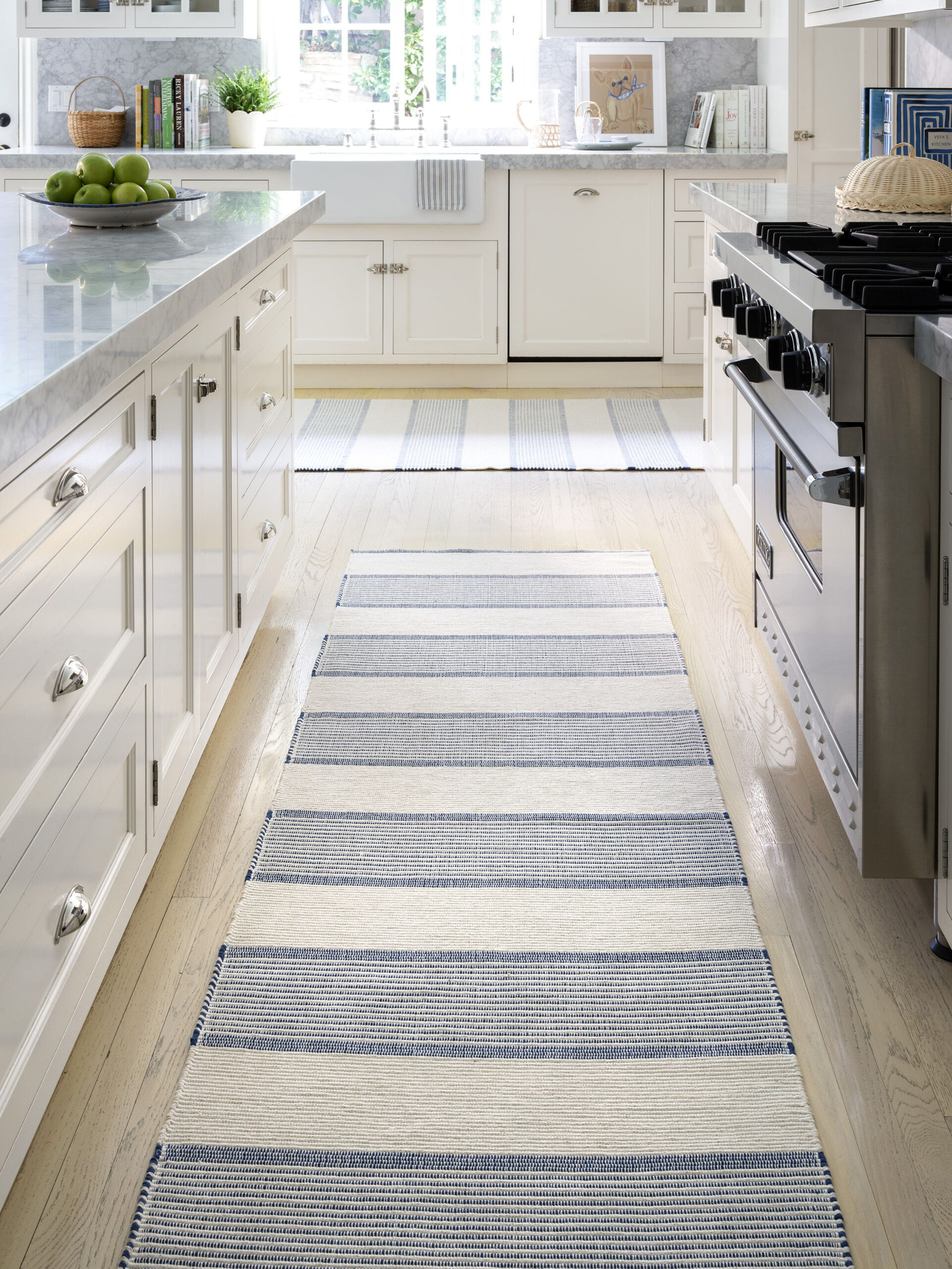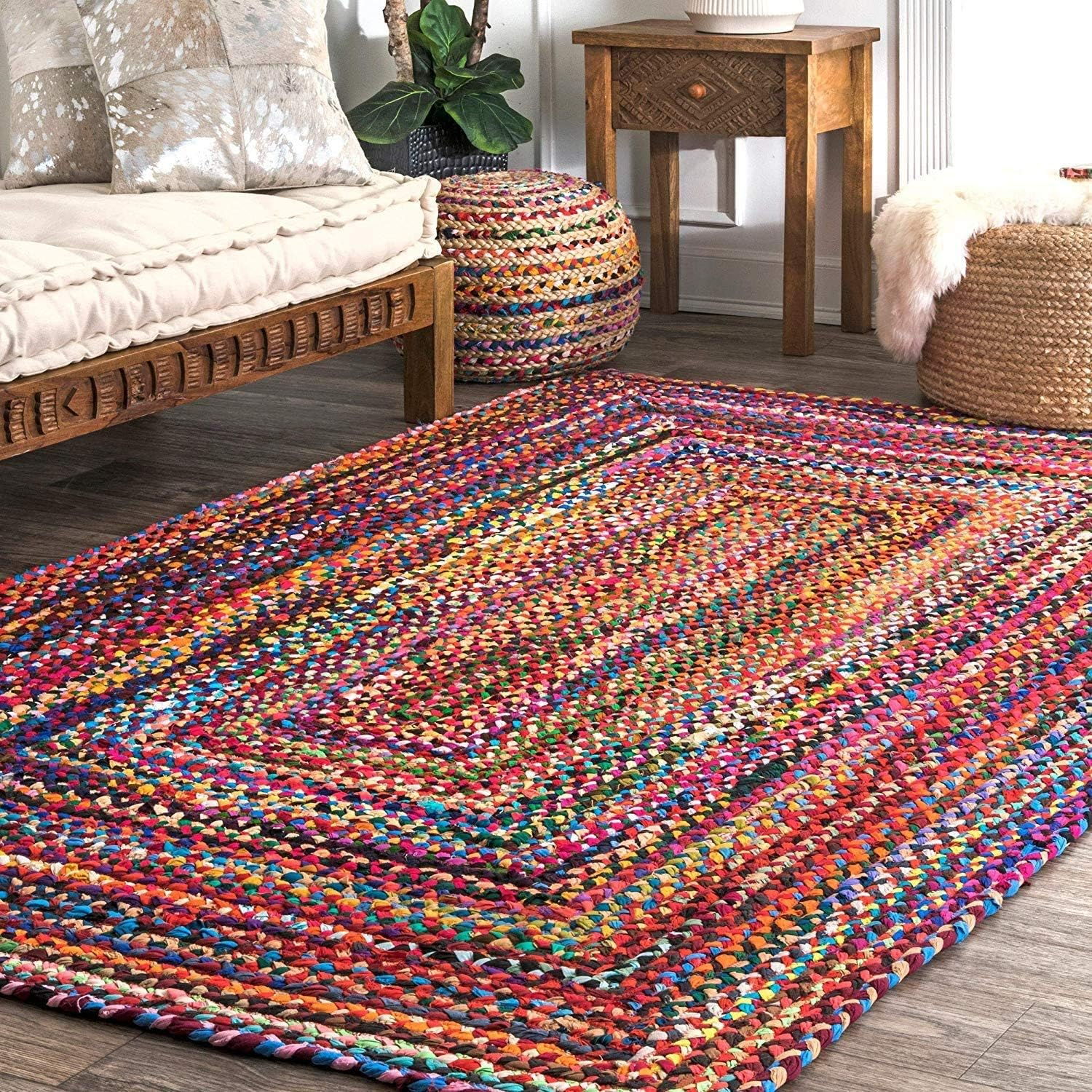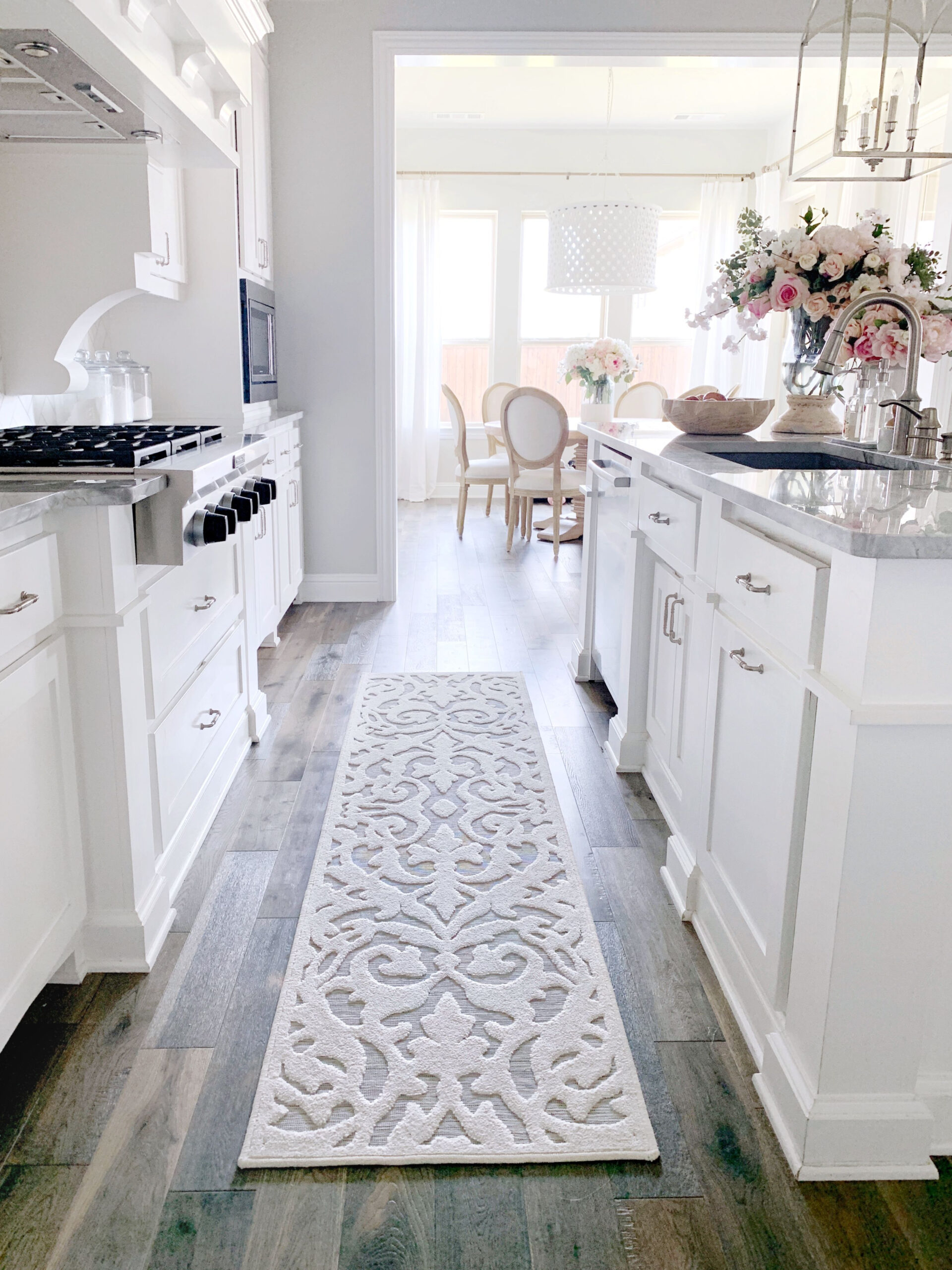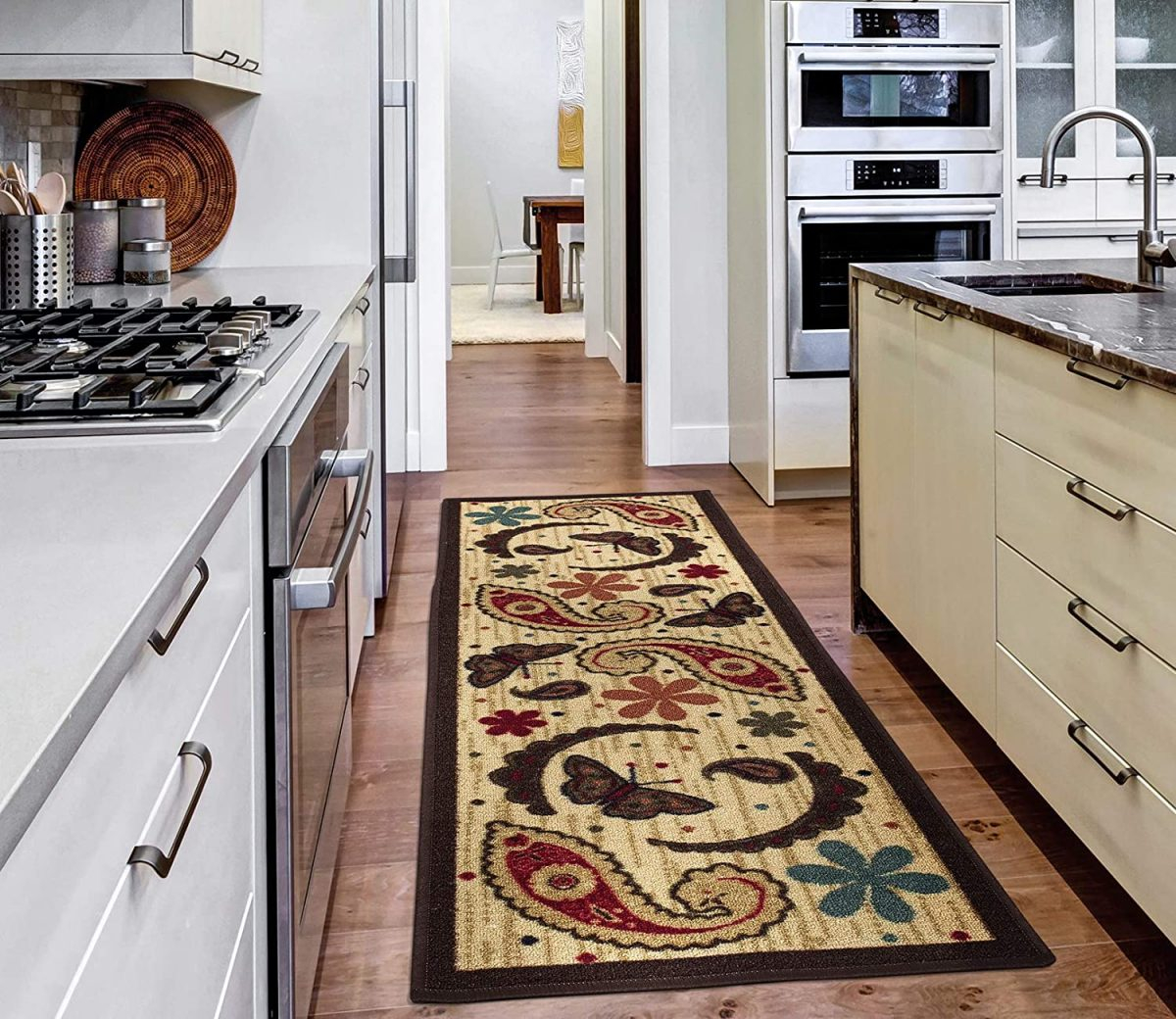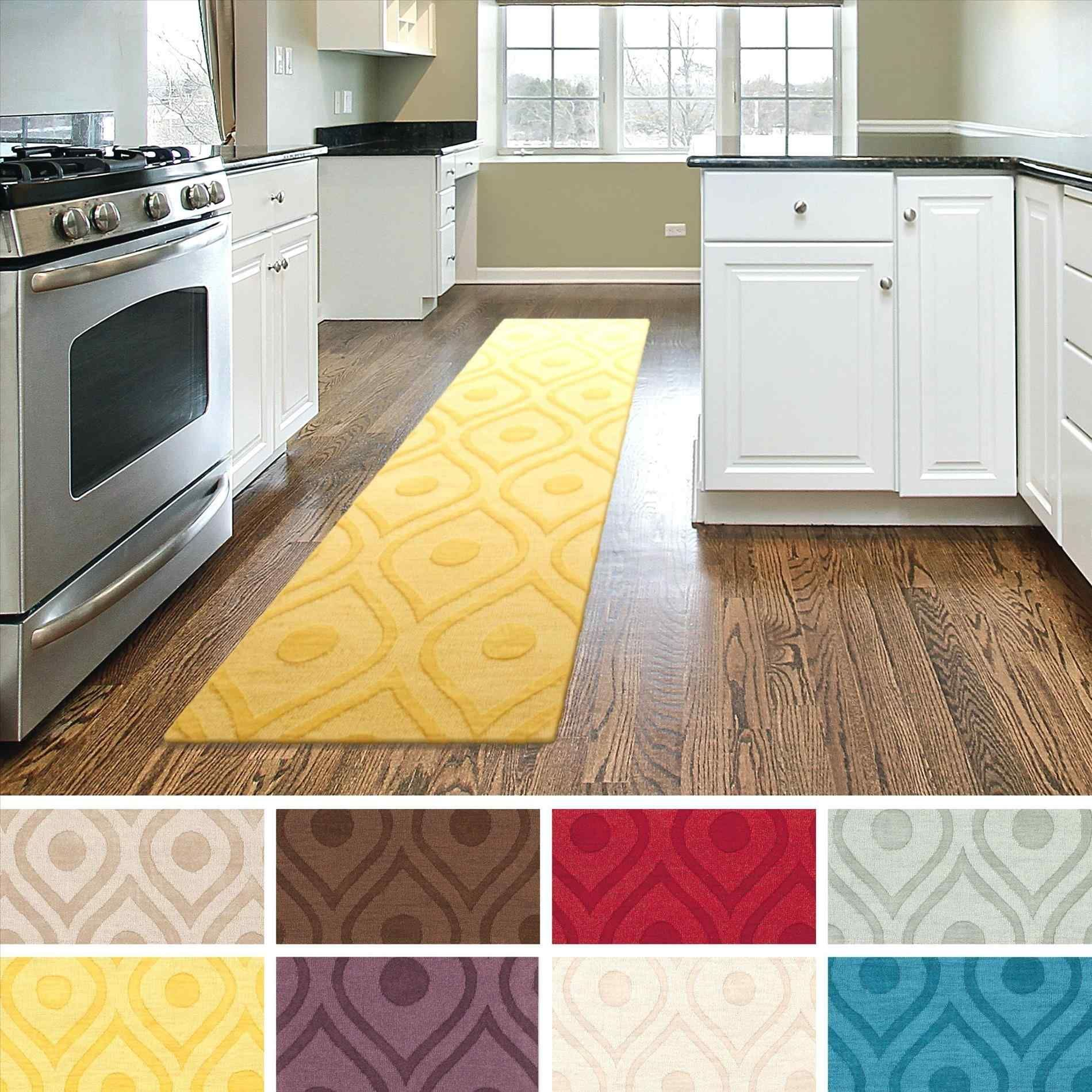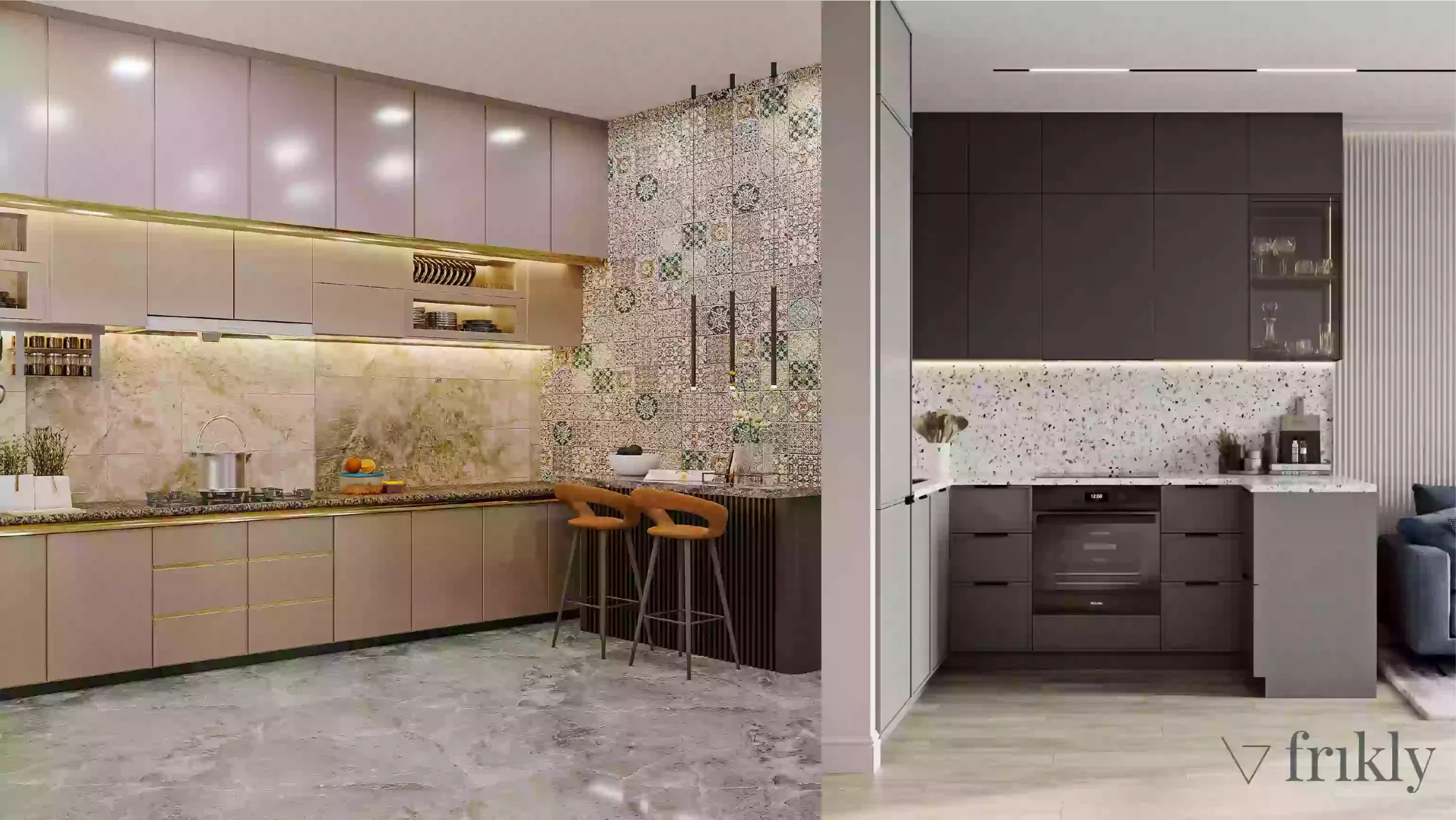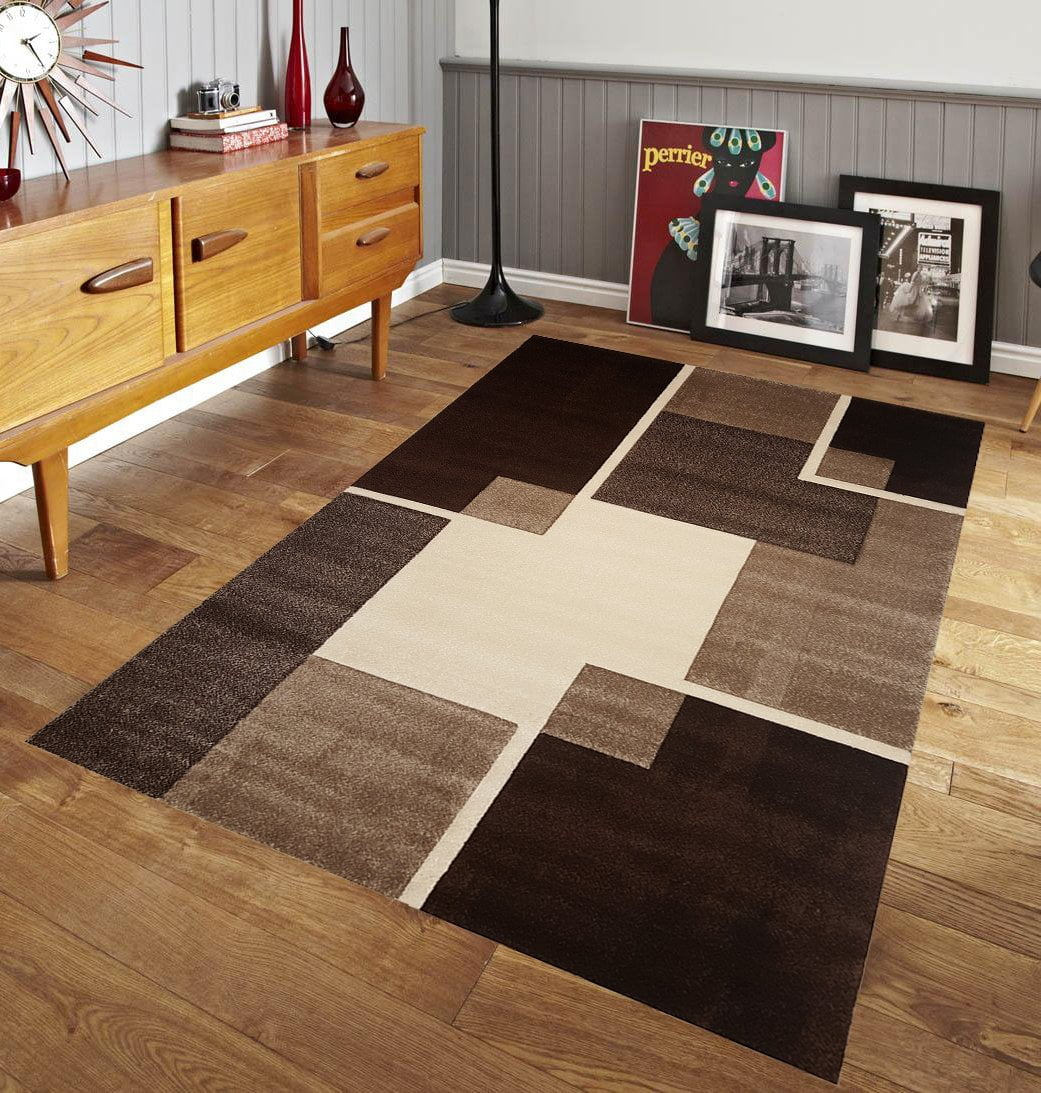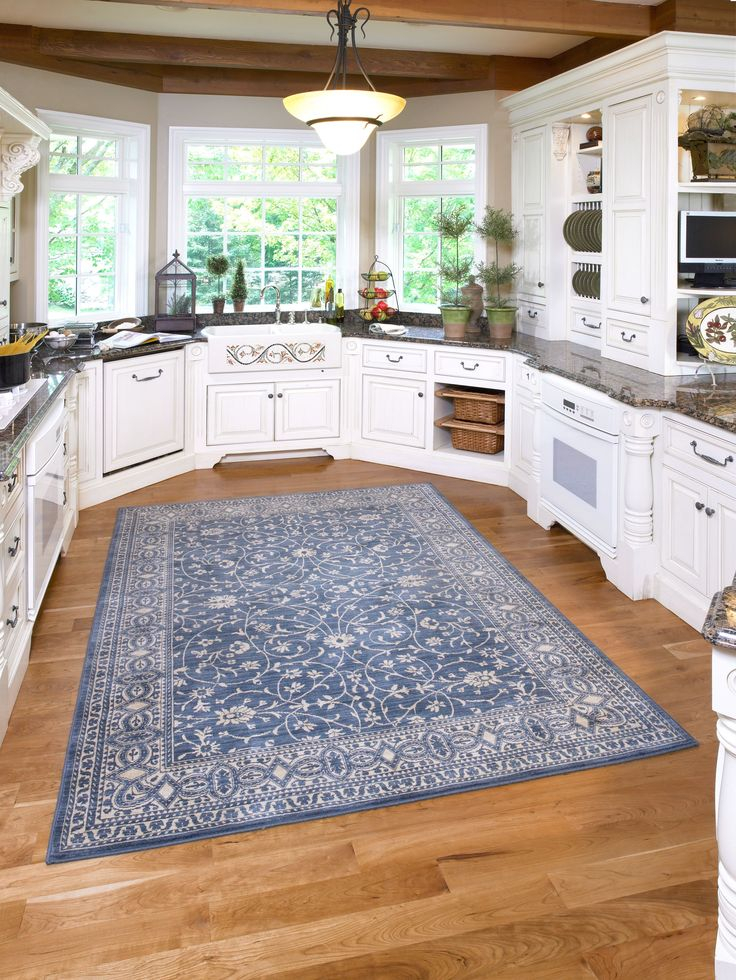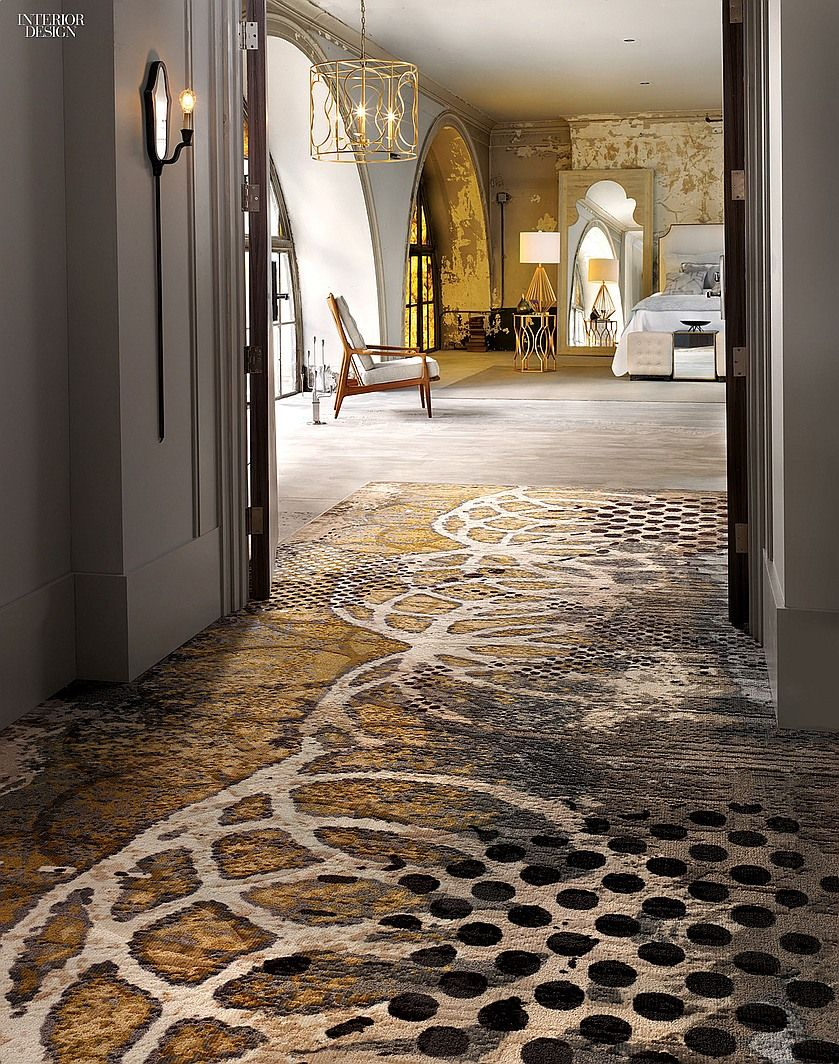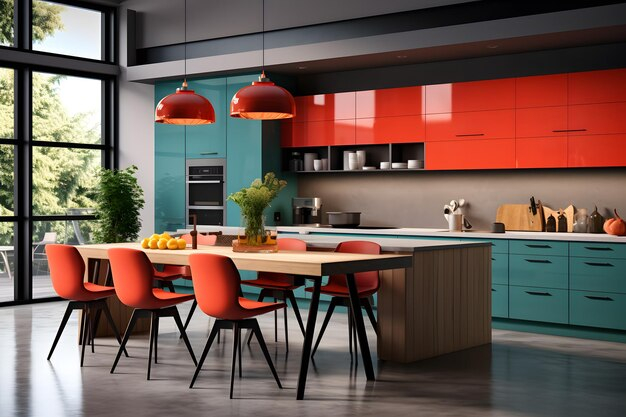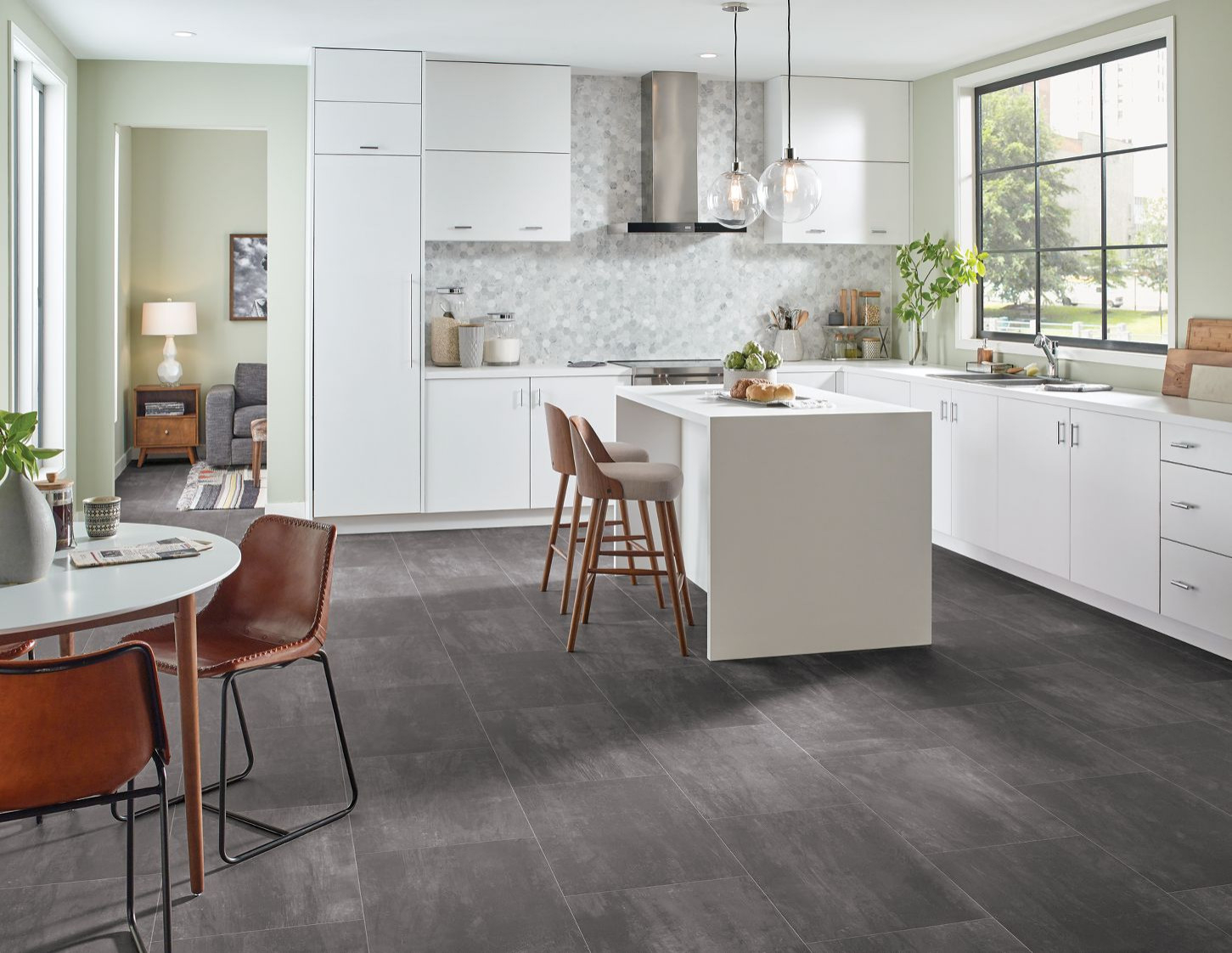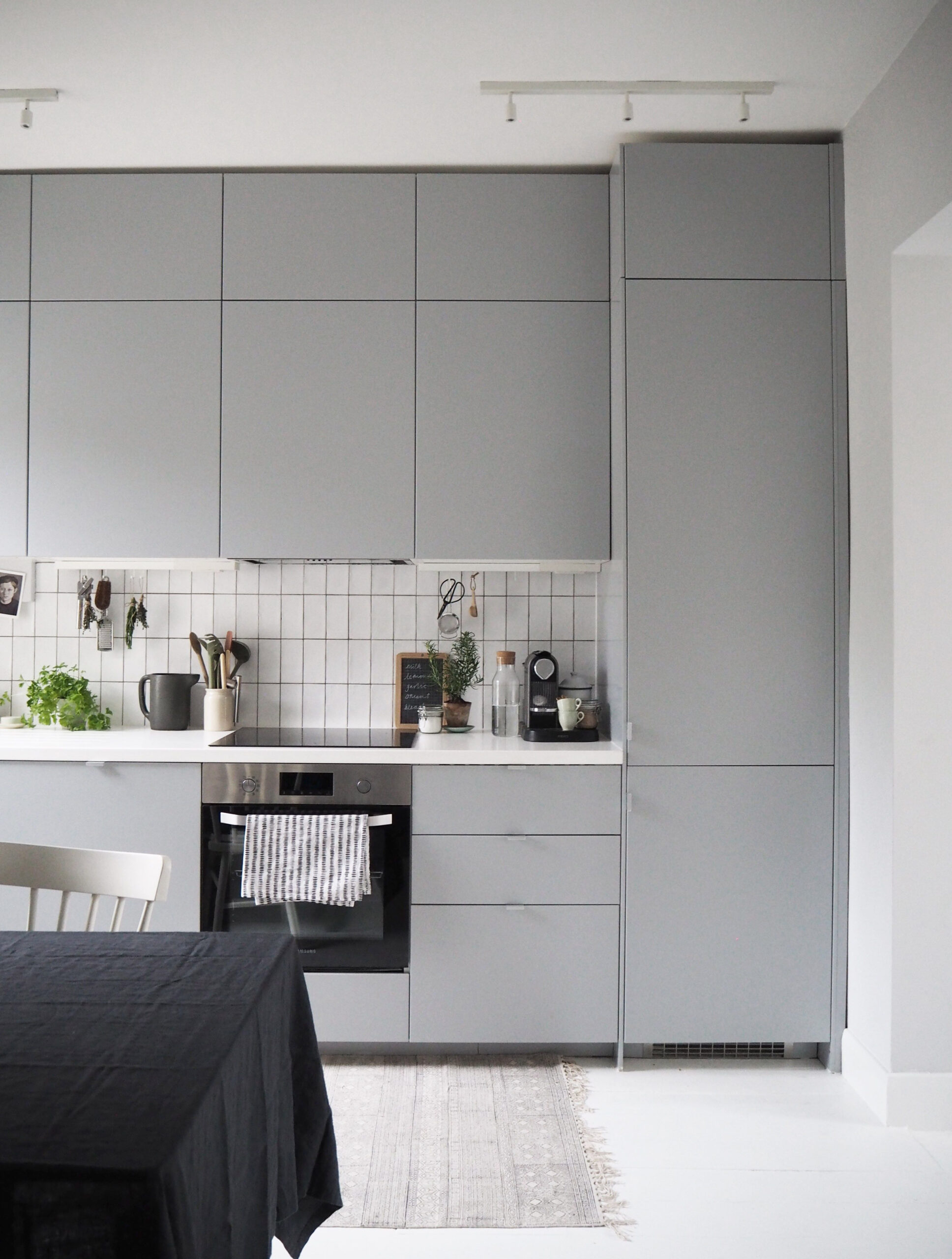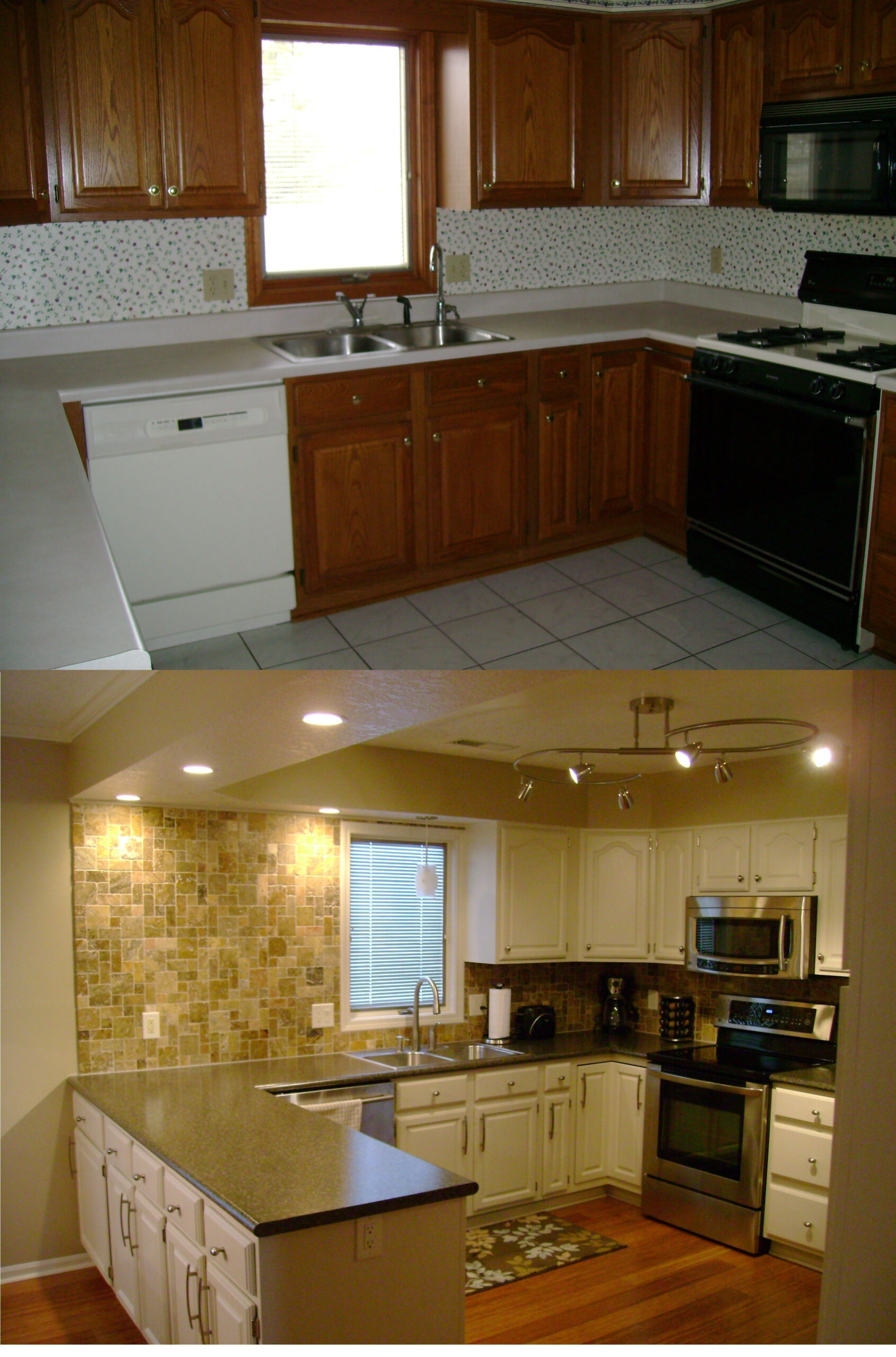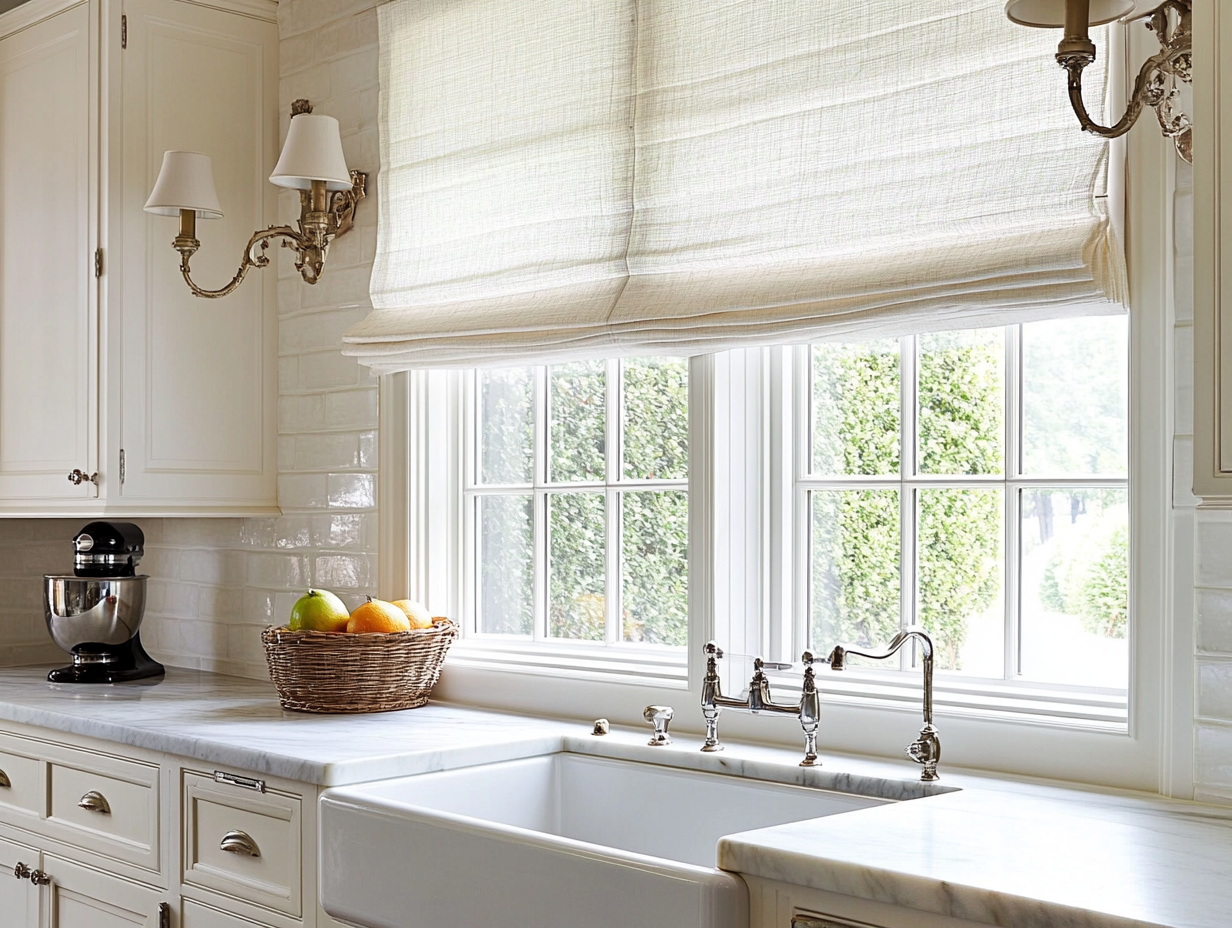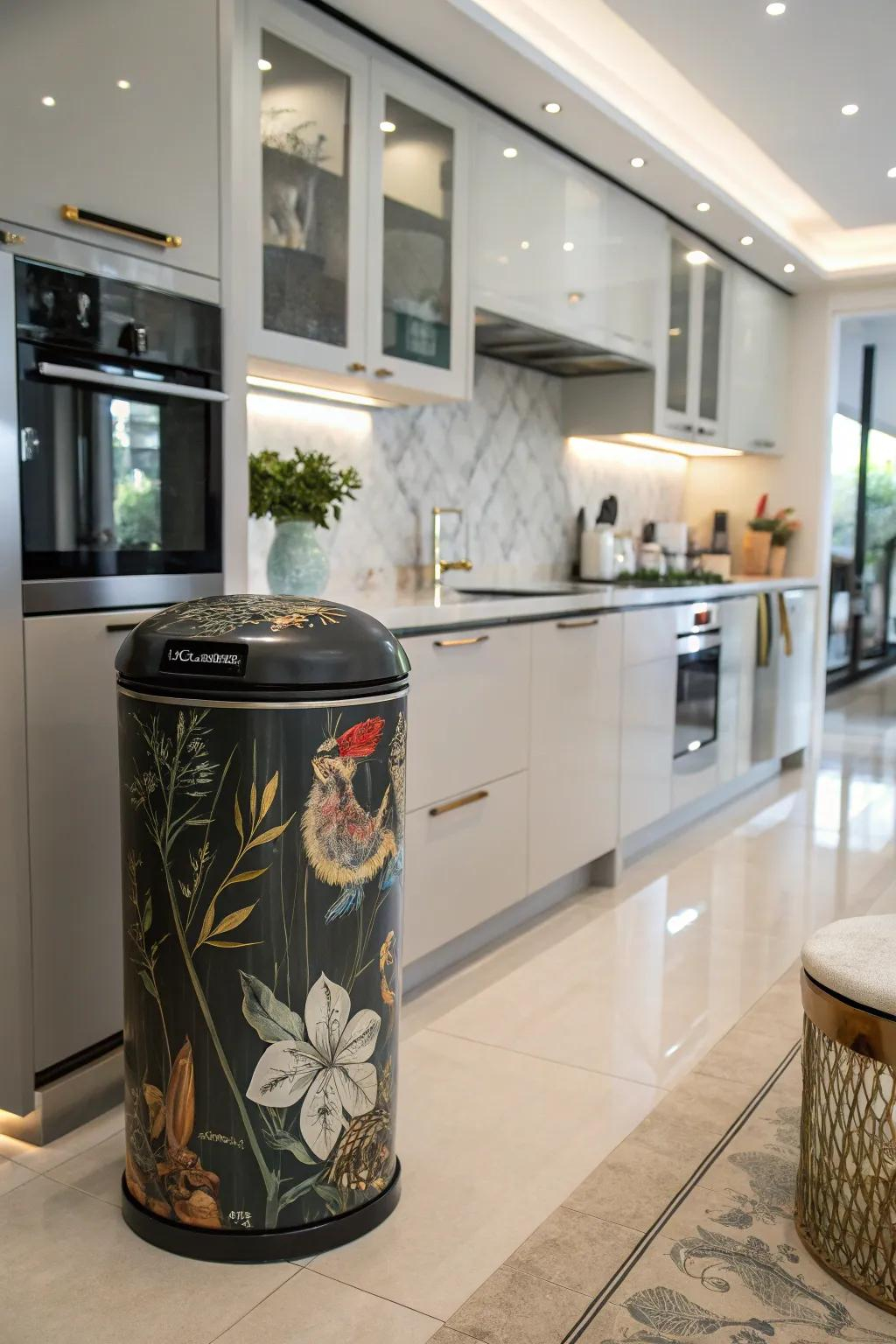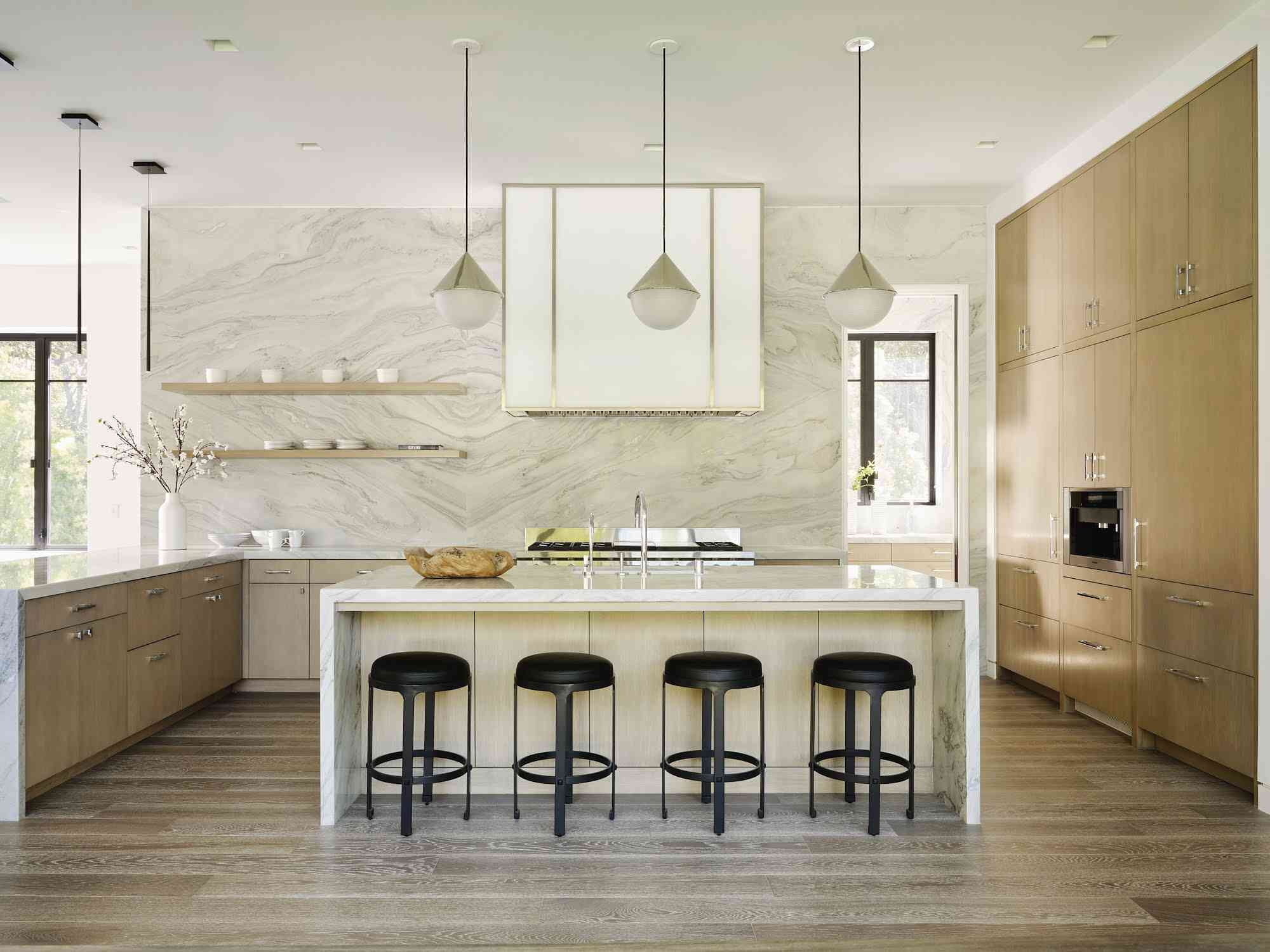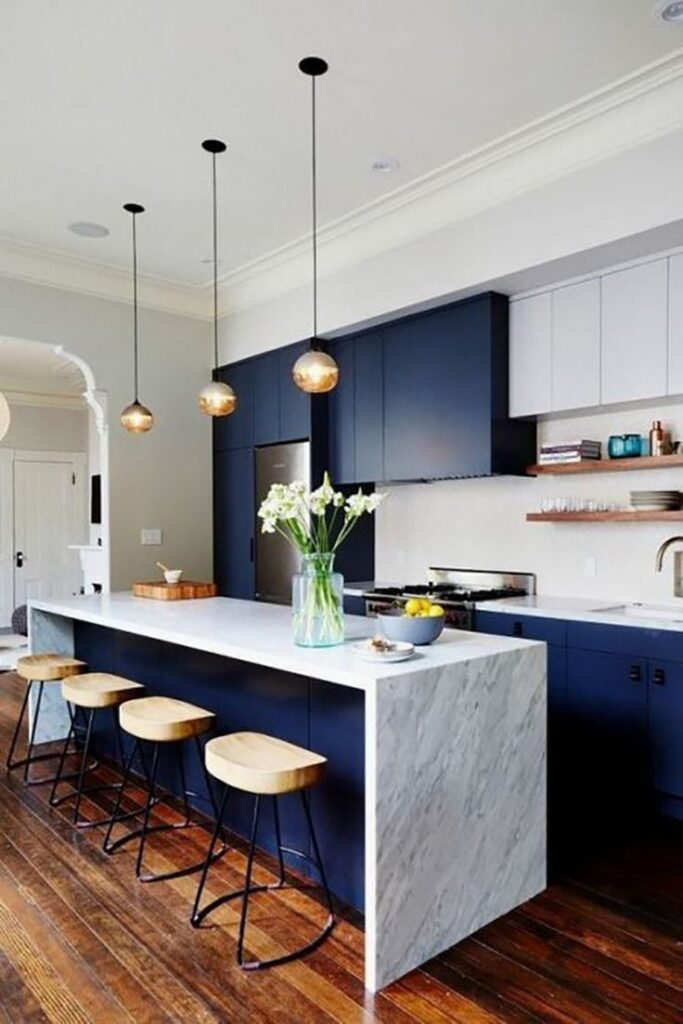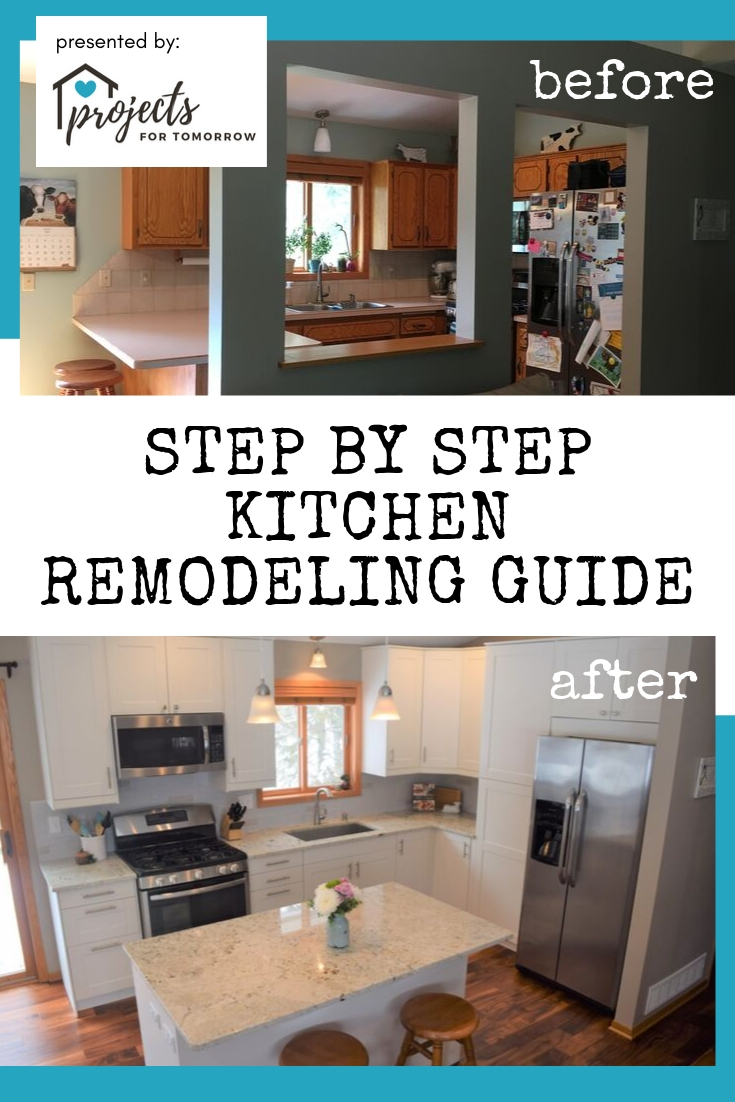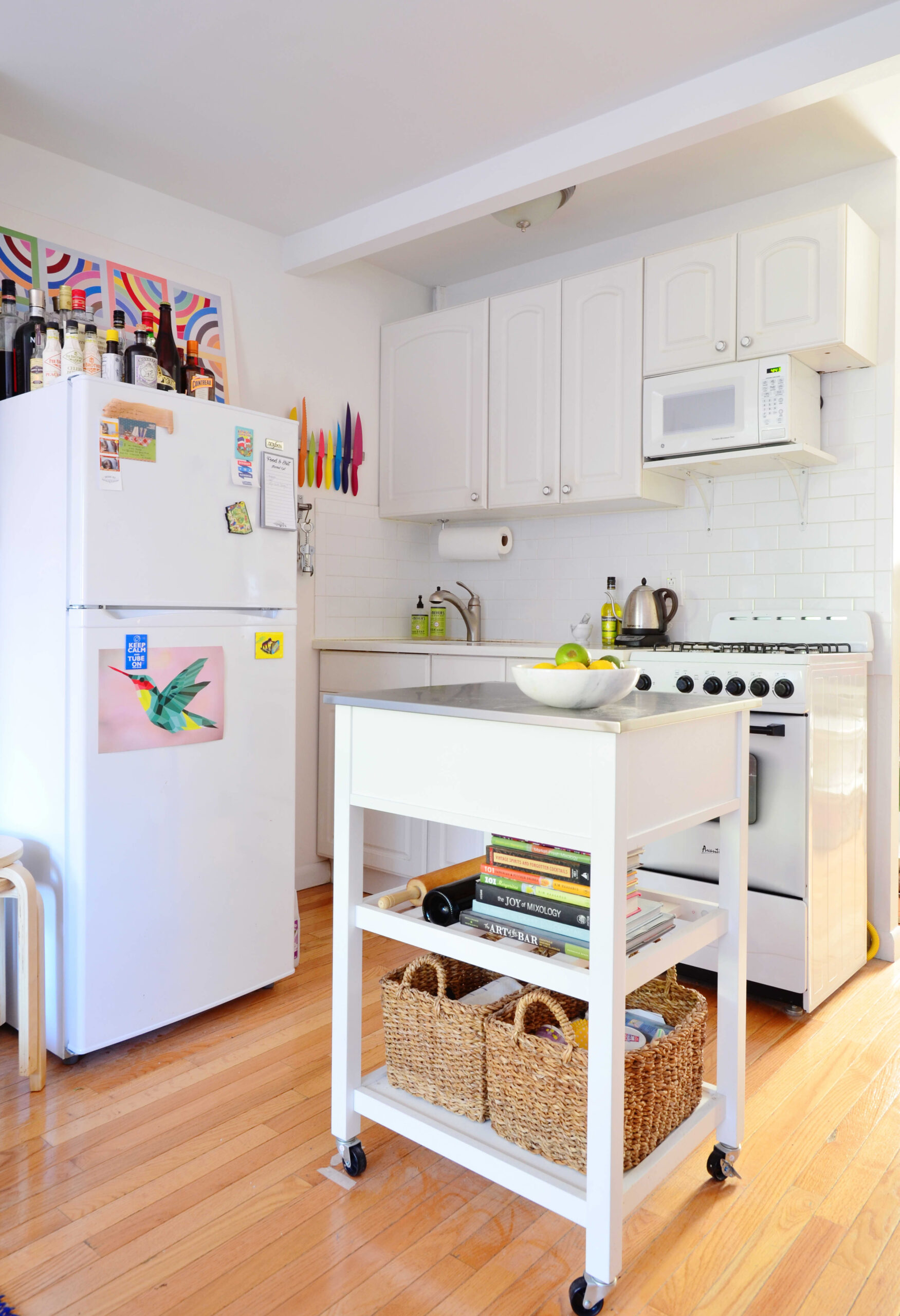You’ve picked out the perfect cabinets, the sleekest countertops, and maybe even that statement backsplash. But what about the floor? Specifically, what about a rug to tie it all together? It’s easy to get caught up in the visual appeal, but the real magic, and the true test of a rug’s worth in a busy kitchen, lies in its fabric. Choosing the right material isn’t just about aesthetics; it’s about durability, ease of care, and how well it stands up to the daily chaos of cooking, dining, and living. Let’s dive into why the threads of your kitchen rug are far more significant than you might have imagined.
Walk into a modern kitchen, and your eyes are drawn to the clean lines, the sophisticated finishes, and perhaps a vibrant splash of color. A rug can be that splash, that cozy element that softens the hard surfaces and makes the space feel truly lived-in. But think about it – a kitchen is a high-traffic zone. Spills happen. Food drops. Grease splatters. So, while that fluffy shag might look divine in a catalog, is it really cut out for the culinary battlefield? Probably not. The material of your kitchen rug is its backbone, dictating its performance and longevity. It’s about finding that sweet spot between looking good and being incredibly practical. Let’s explore some of the top contenders and what makes them tick.
The Resilience of Synthetics: Nylon and Polyester
When it comes to kitchen rugs, synthetic fibers often steal the show, and for good reason. Nylon, for instance, is a champion of durability. It’s incredibly strong, resistant to wear and tear, and can handle heavy foot traffic without looking worn out. Plus, it’s naturally stain-resistant, which is a massive win in a kitchen environment. Spills? Nylon tends to repel them, making cleanup a breeze. You can often just blot it up, and you’re good to go. Polyester is another fantastic option. It offers a lovely softness and a beautiful sheen, making colors pop. It’s also quite adept at resisting stains and fading, so that vibrant hue you love will stick around. Both are generally budget-friendly, offering great value. Think of them as the workhorses of the rug world – reliable and tough.
Natural Charm: Cotton and Wool Wonders
Natural fibers bring their own unique set of advantages. Cotton rugs are often soft and breathable, providing a comfortable surface underfoot. They’re also typically easy to clean, and many can even be tossed in the washing machine – a huge plus for kitchen spills. However, cotton can be more prone to staining and may absorb moisture, which isn’t ideal in a splash-prone area. Wool, on the other hand, is a luxurious and remarkably resilient material. It’s naturally flame-resistant and has excellent insulating properties. Wool fibers are also inherently stain-repellent and durable, able to bounce back from heavy use. While wool rugs can be an investment, their longevity and natural beauty often justify the cost. Just be mindful of specific cleaning instructions; not all wool rugs are created equal when it comes to spill management.
The Rise of Performance Fabrics: Polypropylene and Beyond
In recent years, we’ve seen a surge in ‘performance’ fabrics, and these are particularly well-suited for the demands of a kitchen. Polypropylene, also known as olefin, is a synthetic fiber that’s practically engineered for tough environments. It’s exceptionally resistant to stains, moisture, and mildew. Spills? They just bead up on the surface, making them incredibly easy to manage. It’s also quite fade-resistant, meaning it won’t get washed out sitting near a sunny window. Many modern polypropylene rugs are also surprisingly soft and come in a vast array of designs and textures, proving that high performance doesn’t mean sacrificing style. You might also find blends that combine the best properties of different materials for enhanced functionality.
Considering Texture and Pile Height
Beyond the fiber itself, the way the rug is constructed – its texture and pile height – plays a crucial role. In a kitchen, you generally want to avoid very high, plush piles. Why? Because they can trap food particles and be harder to clean thoroughly. Think about a dropped piece of pasta – it’s much easier to retrieve from a flatweave or a low-pile rug than from deep, shaggy fibers. Flatweave rugs, like kilims or dhurries, are excellent choices. They’re low-profile, easy to vacuum, and often reversible, offering double the lifespan. Low-pile rugs with a dense construction also work well, providing some cushioning without becoming a dirt magnet. The goal is a surface that’s comfortable but also manageable for everyday messes.
The Practicality of Cleaning and Maintenance
Let’s be honest, the most beautiful rug in the world is a poor choice for a kitchen if it’s a nightmare to clean. When selecting your material, always consider how easily it can be maintained. Can it be spot-cleaned? Can it handle a gentle detergent? Are there specific cleaning products recommended? For kitchens, ease of cleaning is paramount. Rugs made from materials like polypropylene or nylon that resist stains and moisture will save you a lot of headaches. If you opt for a natural fiber like cotton, look for ones that are machine washable or have a tighter weave that’s less likely to absorb liquids. Always read the care label. It’s your best friend in keeping your rug looking great for years to come.
Making the Smart Choice for Your Space
So, how do you pick the perfect material for your modern kitchen rug? Start by assessing your lifestyle. Do you have young kids or pets? Are you a frequent cook who tends to be a bit messy? If so, prioritizing durability and stain resistance is key. Synthetics like nylon, polyester, and especially polypropylene are often your safest bets. If you’re looking for natural beauty and don’t mind a bit more careful maintenance, consider wool or a tightly woven cotton. Think about the overall aesthetic you’re going for, but don’t let it overshadow the practical needs of a kitchen. A rug that looks stunning but can’t withstand a few spills loses its charm pretty quickly. Ultimately, the best kitchen rug material is one that balances your design vision with the reality of daily life, offering both comfort and resilience.
Your kitchen rug is more than just a decorative accent; it’s a functional element that contributes to the comfort and usability of your space. By understanding the strengths and weaknesses of different materials, you can make an informed decision that ensures your rug not only looks fabulous but also stands the test of time and the inevitable spills of kitchen life. Whether you lean towards the robust performance of synthetics or the natural elegance of wool, choosing wisely means investing in a piece that enhances your kitchen’s style and your everyday experience. So next time you’re browsing for that perfect rug, remember to look beyond the pattern and consider the power of its material. It truly makes all the difference.

